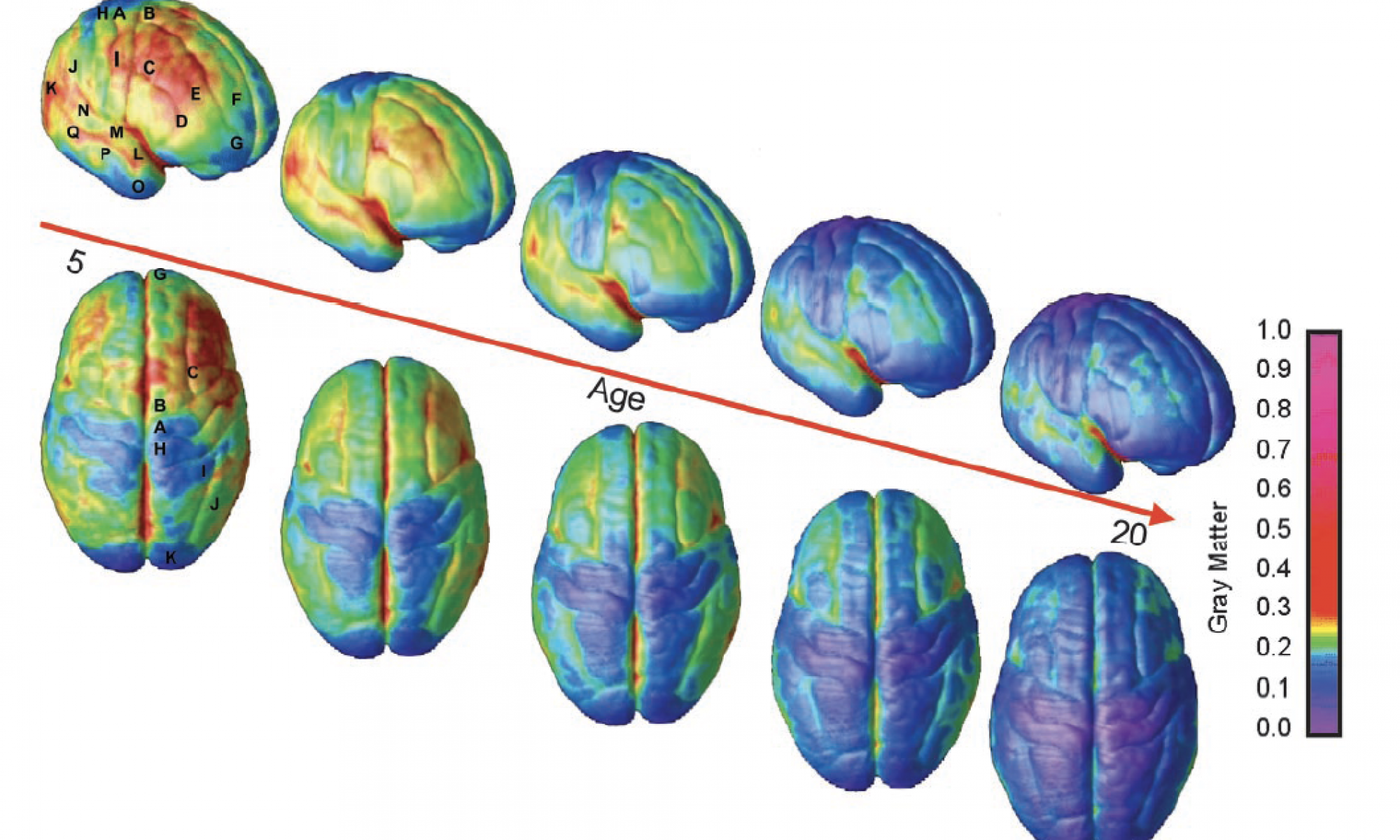With a high-pitched ping my phone screen lights up and I immediately look to see where my notification is from despite being in the middle of a conversation with a group of friends. My heart sinks into my stomach as I read “BIOL 141: Exam 1 Grade Posted”. Immediately fears of failure and “what ifs” flood my brain as I think about the impact this test grade has on my life. Images of my disappointed parents looking down at me and my career goals going up in flames flash before my eyes as I look down at the irritatingly bright screen which in the moment seems to hold all the answers to my future. With trembling hands I slowly unlock my phone and navigate to the Canvas site. Only when I finally see my grade and let out a sigh of relief do I realize that I had been holding my breath the whole time.
In this digital age it often seems as if our personal technologies are an extension of our very being. While the benefits of technology are great, the ways in which this advancement has changed our very realities are not all positive and can often lead to heightened feelings of doubt and uneasiness. However, despite the increased atmosphere of apprehension that technology creates, from a pathological standpoint, this new media age does not directly cause anxiety disorders in adolescents.
In the article “The Big Myth About Teenage Anxiety” by Dr. Richard Friedman this topic of an increase in self-diagnosed anxiety disorder is further explored in order to prove that there is no causation between new technologies and adolescent anxiety. Dr. Friedman uses a scientific basis to combat this incorrect conspiracy theory that is a direct result of parents’ fear of uncertainty. Friedman states that “Some studies report an association between increased time spent on electronic communication and screens and lower levels of psychological well-being. The problem is that they show only correlation”. This quote helps support my point that while teenagers might be under more stress and therefore experience heightened feelings of anxieties in this modern world there is no evidence to prove that there is a direct link between technologies and anxiety. Many factors other than technology contribute to teenagers self-reporting feeling stressed including a greater pressure coming from changed societal norms and a post-Recession economy in which it is harder than ever before to find adequate jobs (Friedman). Therefore, while more technological advancements might be present in this age they are not the actual cause of anxiety disorders and depression.
This article can be considered credible because it was published in the New York Times which is a reputable newspaper. Furthermore this article provides the author’s name and credentials allowing readers to see that Friedman has a doctorate and is a licensed psychiatrist. It is important to note that this article includes many references to actual scientific studies and data which increase its credibility. “The Big Myth About Teenage Anxiety” was clearly written for an audience of worried parents who might not specialize in the neuroscience field and are unfamiliar with the topic. The fact that this article is an opinion piece slightly decreases its credibility because it is clear that it is not written objectively and includes its own biases.
Friedman, Richard A. “The Big Myth About Teenage Anxiety.” The New York Times, The New York Times, 7 Sept. 2018.
